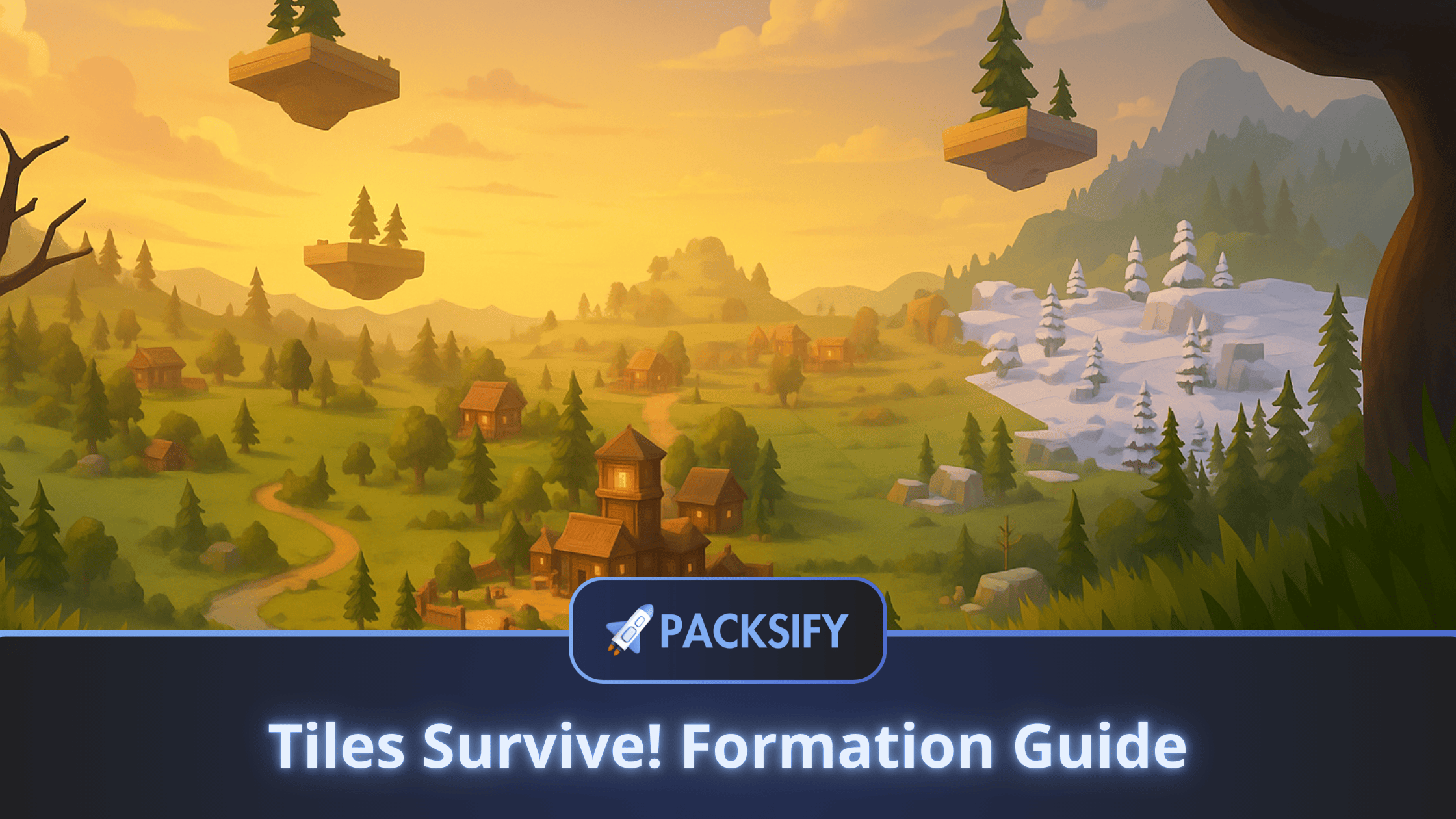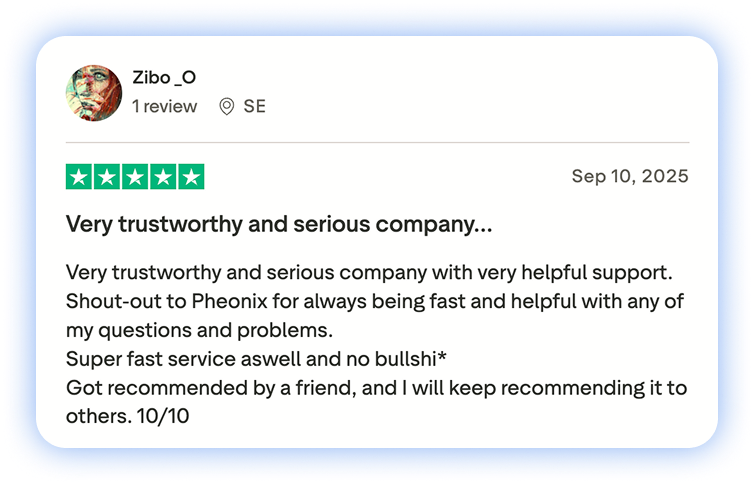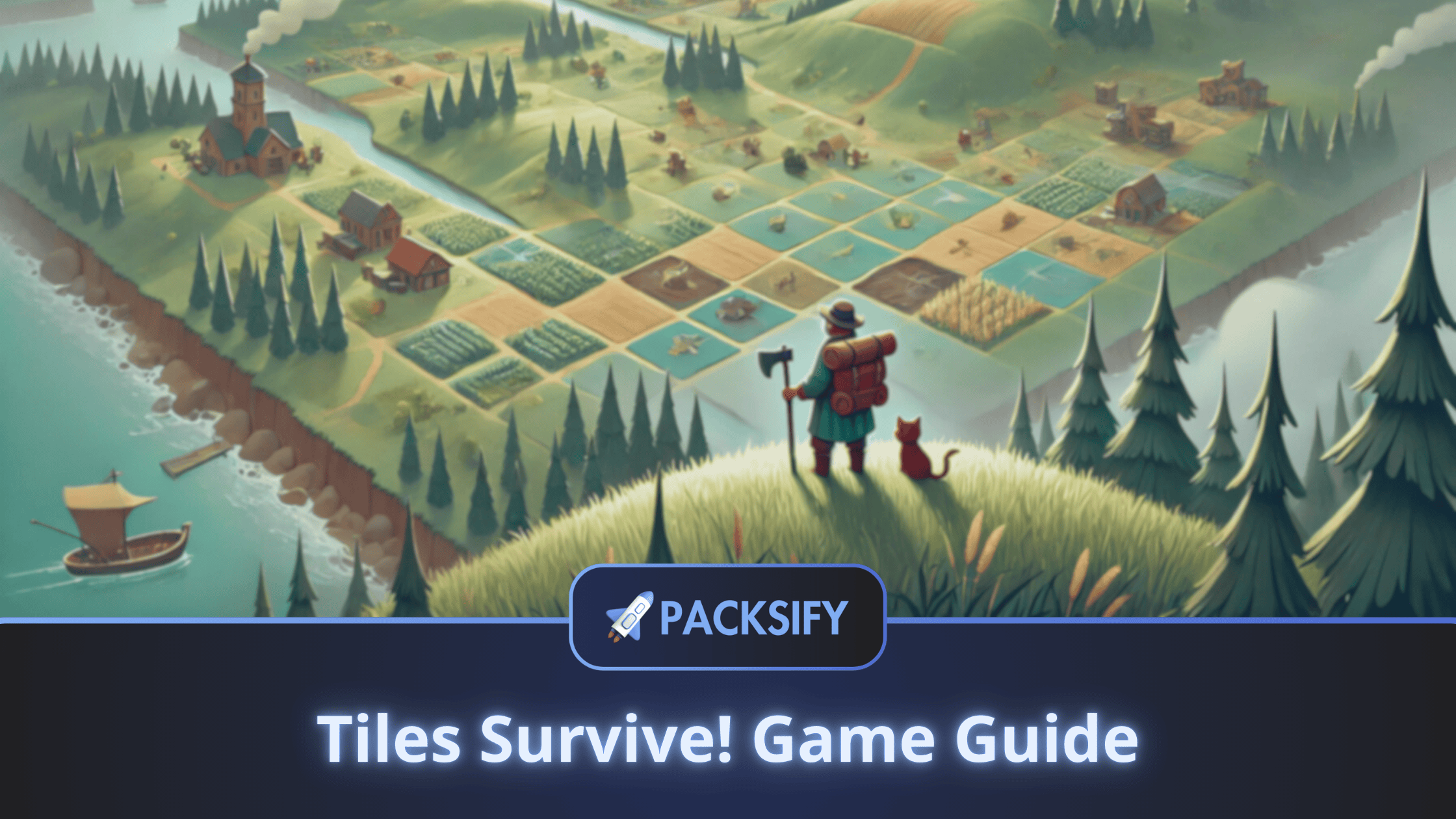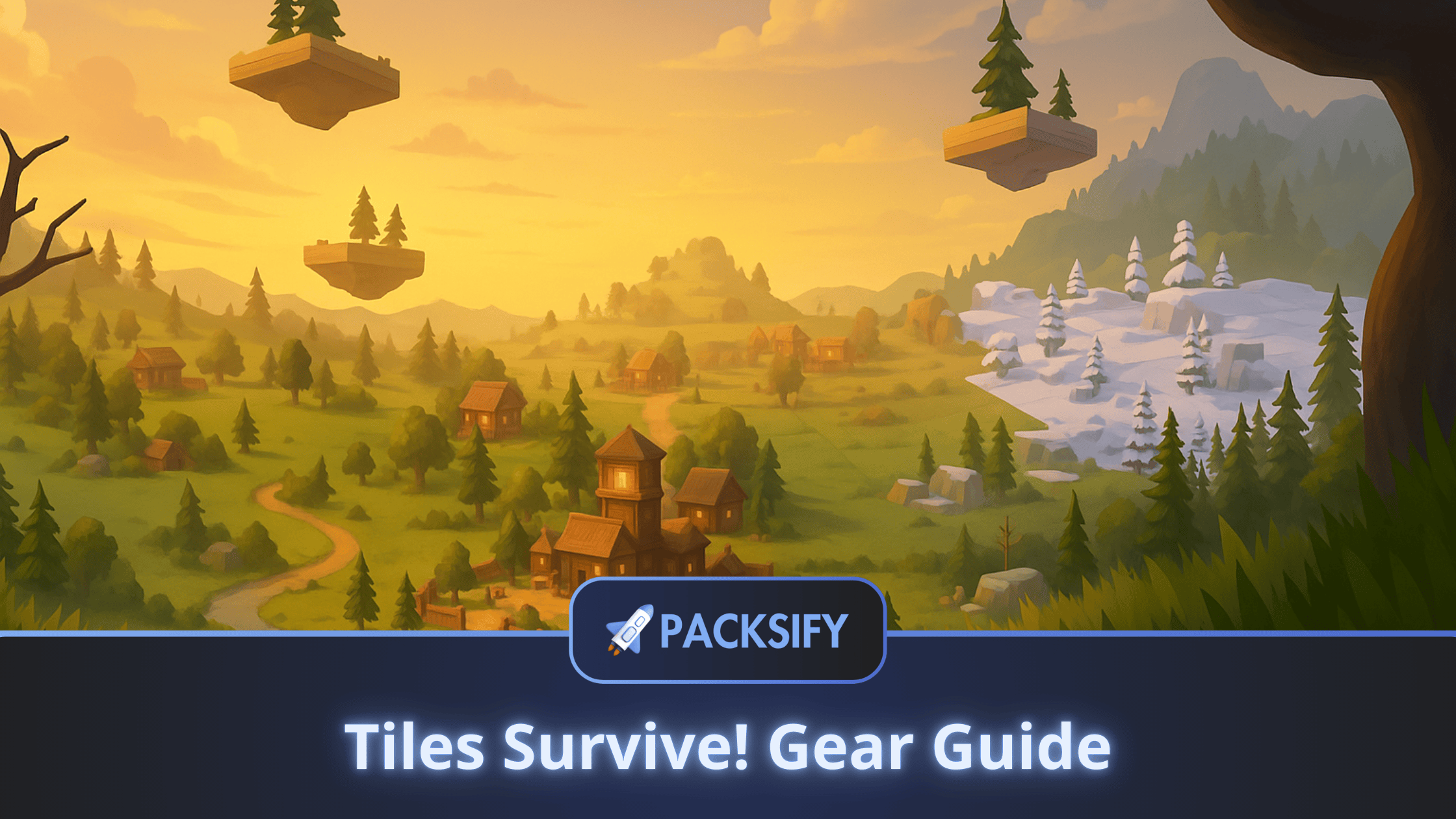Tiles Survive Formation Guide: Best Team Setups for PvP & Arena

If you’ve been grinding in Tiles Survive, you’ve probably realized that raw power only takes you so far. You can have stronger heroes, better gear, even a higher-level Behemoth… and still lose fights you should have won. Well, the secret isn’t more power, it’s smarter formation.
Your team setup decides how long your heroes stay alive, how much damage they actually deliver, and whether your support units get the chance to heal before they’re deleted.
Many players hit quick deploy, jump into PvP or the arena, and wonder why they’re falling short. The truth is, a few smart tweaks to your lineup can completely flip those fights.
In this guide, we’ll break down how to build optimized formations in Tiles Survive that work for both world PvP and arena battles.
You’ll learn why certain heroes belong in the front, who should stay protected in the back, and how role synergy (like stacking guard heroes) can give your whole team hidden bonuses that casual players miss…
Here’s why formation matters in Tiles Survive…
Tiles Survive isn’t just about collecting the strongest SSRs, it’s about putting them in the right place at the right time. Every battle chews through your frontline first.
If you drop your top damage dealer there, they’ll burn out fast and take your win condition with them. But if you tuck that same hero into the back row, protected by a real tank or healer, suddenly they can survive long enough to deal massive damage over the entire fight.
Even support units like Layla, who most players think of as pure healers, can double as tanks if you understand her skill set and stack her correctly with other guards.
And when you start layering in formation bonuses, like running multiple guard heroes for extra health across your march, you start to see why formation is just as important as star levels or gear.
Building Your Frontline: Tanks, Healers & Who Belongs Up Front
Every fight in Tiles Survive starts the same way: your frontline takes the hits, your backline deals the damage. The trick is knowing which heroes can actually survive up front long enough to protect your damage dealers.
The golden rule: don’t let your main DPS stand in the front row.
Heroes like Rosie or Tarzan have incredible output, but if they’re eating damage from the start, they’ll fall before they can make an impact. These heroes belong in the back where they can deal damage over the full length of the fight.
So who does belong up front? Ideally, heroes that can soak damage and still contribute:
- Nikola—his shields and durability make him hard to take down quickly.
- Layla, despite being known as a healer, has a massive health pool and scaling bonuses that let her absorb pressure and heal through it.
Together, Nikola and Layla create a frontline that not only stalls but actively sustains. And that’s what you really want…
Backline Strategy: Protecting Your Damage Dealers
If the frontline is your shield, the backline is your sword. This is where your damage truly comes from, and protecting it is the single biggest factor in close fights.
Rosie and Tarzan are prime examples. Rosie’s splash damage and lifesteal can keep her alive as long as she isn’t focused down too early, and Tarzan’s back-row nukes rip through enemy supports.
But they only shine if they survive long enough to use their skills, which is why they need a sturdy frontline in front of them…
A good setup looks like this: Tarzan placed directly behind Nikola, so he’s free to fire without taking heat, while Rosie stays in the rear with Layla’s healing aura keeping her topped up. In fact, in some battles Rosie ends up healing nearly as much as Layla just from her lifesteal alone.
On top of that, running multiple Guard heroes adds hidden formation bonuses, with four Guards you can give your entire march +15% bonus HP, which is massive in long fights. That extra durability often makes the difference between your carries dropping early and carrying you all the way to victory.
How Formation Bonuses and Hero Weapons Multiply Your Power
Once you’ve got your frontline and backline sorted, the next layer is synergy, how your heroes’ roles and weapons interact to create buffs that stack across the whole march.
This is where optimized formations can punch far above their raw power level.
The easiest example is stacking Guard heroes. Each extra Guard in your formation increases the total health of your squad. Two Guards might only give you a small bump, but if you push it to four Guards, you can walk into battle with around +15% bonus HP for the whole team.
That bonus doesn’t just help your tanks, it makes your damage dealers and supports harder to kill too. It’s one of the simplest but most overlooked ways to get free durability.
Weapons amplify this even further. Some hero-exclusive weapons give direct buffs not only to their owner, but to all allies.
For instance, weapons that grant bonus defense or attack to the whole team can transform a solid frontline into an unbreakable wall.
When you combine Layla’s natural bulk, Nikola’s shields, and multiple team-wide defense boosts from weapons like Rosie’s or Tara’s, you can stack 40–70% bonus defense across your march. That’s not just tanky, it’s suffocating for opponents who rely on burst damage.
Arena & PvP Examples: Outplaying Stronger Opponents
Formations really prove their worth when you step into the arena or go head-to-head in world PvP. On paper, power differences look impossible to overcome but with the right setup, you can sometimes flip those matchups.
Take a fight where your opponent has stronger gear or a higher-level Behemoth…
If their frontline is mismatched or they’re only running two Guards, their whole squad might only get +4% bonus HP. Compare that to your optimized lineup with four Guards and +15% bonus HP across the board. That’s an 11% edge in survivability before the first skill is even cast.
It’s the same with weapon synergy. A team stacking three or more defense-boosting weapons can end up with 40–70% bonus defense. In longer fights, that kind of buff can smother enemy damage and let your DPS dominate late.
Of course, no formation guarantees a win. If your carry hero drops too early (like Tarzan getting bursted before his ult goes off), the fight can still swing against you.
But overall, optimized formations consistently even out power gaps. Many players have beaten opponents with a million or more power advantage simply by protecting their backline better.
That’s why arena battles are so useful for testing.
If you’re consistently winning against equal or slightly stronger players, your formation is dialed in. If you’re losing despite having more power, it’s usually your lineup that needs tweaking.
Tiles Survive: Formation & Strategy FAQs
What is the best formation in Tiles Survive?
The best formation balances tanky frontline heroes like Nikola and Layla with high-damage backliners like Rosie and Tarzan. Aim for four Guards to unlock the +15% HP bonus and keep your damage dealers alive longer.
Should healers be placed in the frontline or backline?
It depends on the healer. Layla, for example, works well in the frontline because of her high HP scaling and healing output. Most other healers are safer in the backline.
How do formation bonuses work in Tiles Survive?
Formation bonuses activate when you stack multiple heroes of the same type. For example, using four Guards boosts your entire team’s HP by 15%, giving you a major edge in PvP and arena battles.
How to Speed Up Your Progress Without Overspending
Getting your lineup right is half the battle in Tiles Survive. The other half is about playing smarter… making the most of your resources, your upgrades, and your event rewards.
If you want to speed things up, the smartest move is managing your spending wisely.



If you’re serious about staying ahead without overspending, Packsify makes every dollar go further.
Download the app on Google Play, or use the web version if you’re on iOS, and start saving with Packsify today.
%20(19).png)

.png)
.png)
.png)
.png)
.png)
.png)
.png)
.png)





.svg)
.svg)